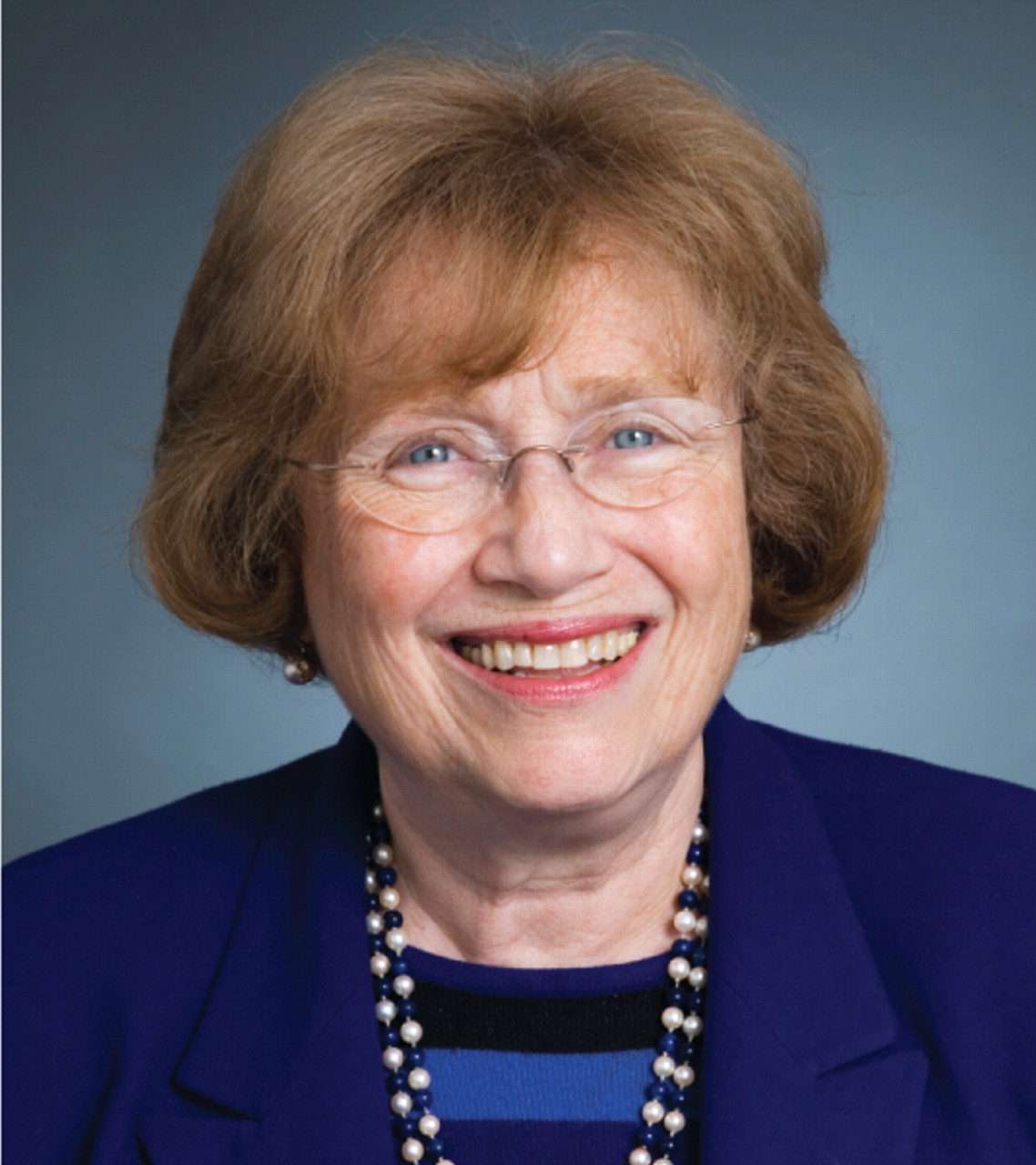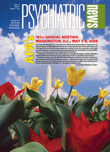The theme for our 2008 annual meeting, “Our Voice in Action: Advancing Science, Care, and the Profession,” is also the theme for my presidential year. Its focus is a combination of advocacy and professionalism and how their interaction strengthens our profession and patient care.
“Our Voice in Action” reflects the importance of communication—of psychiatry speaking with one strong voice. Yes, psychiatrists are a diverse group of individuals with many differences in how we work, but we agree on the importance of nondiscriminatory access to appropriate care and the need to eliminate stigma and misconceptions regarding psychiatric disorders and their treatment. Concentrating on our priorities allows us to use our resources most effectively. To accomplish these goals, we must be active advocates for psychiatry, informing the public that mental illnesses are real and can be diagnosed accurately, that there are effective treatments that are also cost-effective. Additionally, our national advocacy efforts support vital funding for the major government entities addressing research and clinical care—the National Institutes of Health, the Substance Abuse and Mental Health Services Administration, the military, the VA, and other agencies—as well as issues of access and reimbursement in Medicare and Medicaid.
Even the best communication and advocacy cannot be successful without substance. Thus, the second part of my theme addresses the importance of science and care. As professionals, we have both a privilege and obligation constantly to improve our knowledge and skills. This issue of Psychiatric News highlights some of the exciting opportunities for professional development at our annual meeting.
Our field continues to expand with increased understanding of the links between mind and brain, genetics and environment, and of the impact of treatments. The annual meeting provides a venue for psychiatrists from all over the world to learn about the most up-to-date science and its relationship to patient care. The National Institute of Mental Health has developed an extensive track of presentations addressing scientific discoveries and their translation from “bench to bedside” (see”
NIMH Explains How Research Is Poised to Alter Practice“).
There are similar sessions addressing our expanding understanding of addiction psychiatry. Additionally, two presidential symposia will focus on the integration of these findings with psychodynamic understanding. Drs. Glen Gabbard and Charlie Nemeroff will lead a presentation titled “The Myth of the Med Check,” addressing the interaction of psychosocial and biological issues in treatment. Dr. Joe Merlino will chair the session“ Today's Dynamic Psychotherapy: Not Your Grandparents' Psychoanalysis.” Additional presidential symposia will focus on women in psychiatry and on international issues in policy and care.
Several sessions will focus on aspects of veterans' care. A special presidential institute developed by the American Academy of Child and Adolescent Psychiatry addresses practical pediatric psychopharmacology for general psychiatrists as well as for primary care physicians. Dr. Oliver Sacks, world-renowned neurologist and author, will be our Convocation speaker (see facing page).
In addition to lectures by outstanding scholars and clinicians, several formats will provide more focused and interactive experiences. Half- and full-day courses offer an opportunity for more intensive learning. Limited
-attendance discussion groups and case conferences address clinical issues; workshops and symposia focus on administrative and policy concerns as well as specific and subspecialty clinical topics; all are aimed at providing a
“meeting within a meeting
” experience.
“MindGames
” is a Jeopardy-like contest for residents, garnering enthusiasm of attendees at all levels (see”
Another Round of MindGames Planned for 2008 Meeting“).
There is time for fun and entertainment, as well as learning and advocacy. As this issue of Psychiatric News shows you, my hometown—Washington, D.C.—is an exciting city with a major interest in politics, but it is also an international city with embassies, music, theater, art, world-class museums (many without charge), a zoo, monuments, parks, and major-league baseball. The new state-of-the-art convention center is surrounded by a revitalized downtown area and wonderful restaurants. May weather is pleasant, with budding flowers and trees easily seen during a walk, drive, or pedal-boat ride.
Come and join colleagues; bring your voice to action in advancing our profession! ▪

